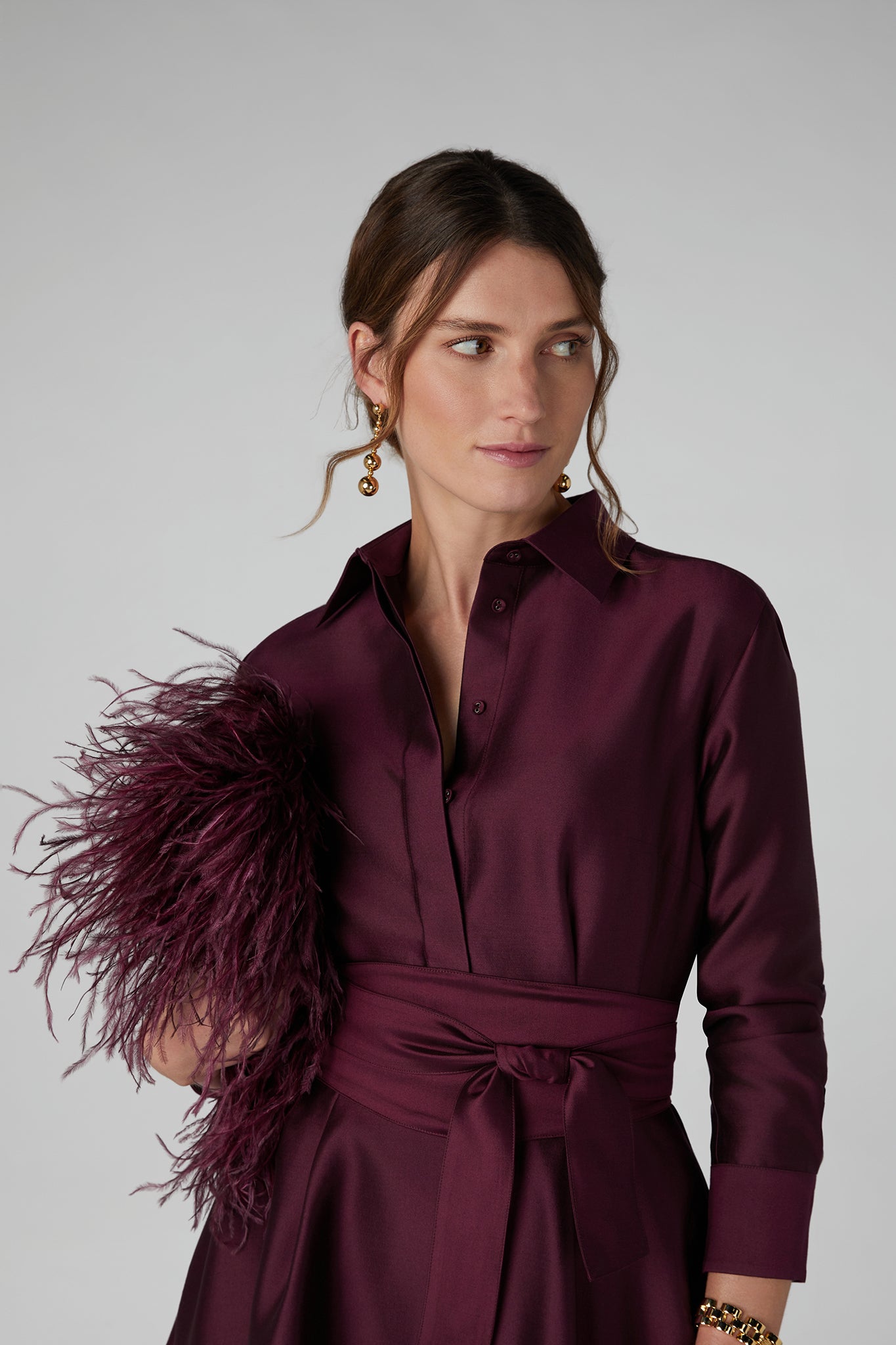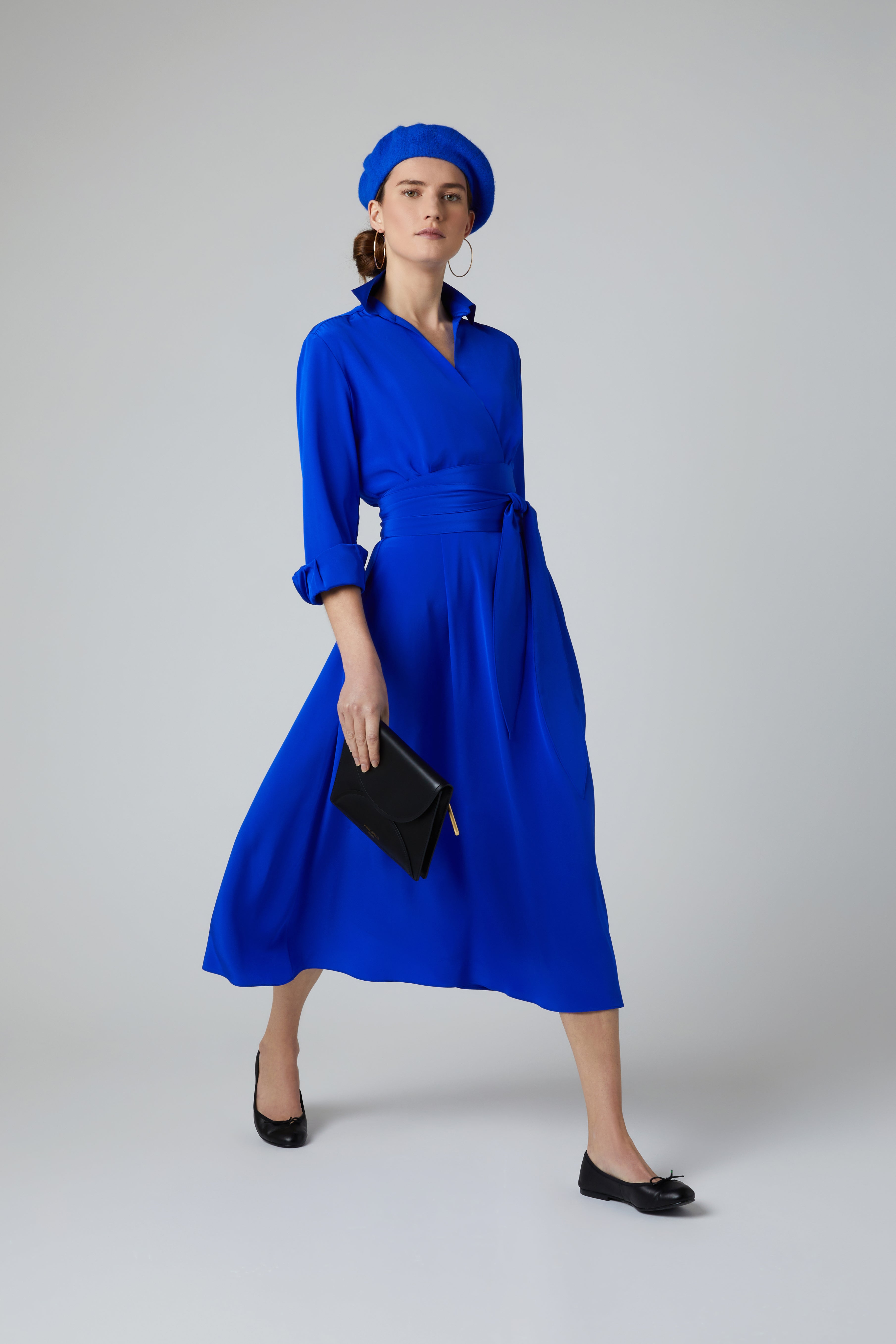
To introduce the new S/S22 Dress Collection, the team celebrates Jasper Conran London shirtdress.
Despite its modern allure, the shirt dress boasts a rich history, dating back as far as the 19th early century, bringing with it a story of feminism and functionality.
The Jasper Conran London design team runs through an evolution of this iconic piece, landing on our collection of S/S 22 shirt dresses for the modern wardrobe.
Words: Anna Ross
The New Woman
1890’s - 1920's

First emerging in the early 20th century, what we now know as a 'blouse' was previously defined as a 'shirtwaist.' The shirtwaist would have been worn with the requisite corset and chemise, styled tucked into a skirt and featuring a button-down back.

However, as women increasingly were called to work, the shirtwaist and skirt eventually combined to form a more practical garment that buttoned down the front, similar to a menswear garment. Previously to this, their back-buttoning blouses required assistance from a housemaid, a luxury not many could afford during recessionary eras. What we now know as the shirtdress was a working garment, clothing nannies, waitresses, nurses and factory workers, who were offered a new air of independence born of the function and easy-wear of the look. " the new woman was born.

1930's
A Design Democracy

1940's
The New Look

1950's
Fifties Flare

The 1960s-1980s
During the latter part of the 20th century, the item was a staple in most women's wardrobes, and silhouette shifts moulded by cultural moments shaped the look for seasons to come.
The Swinging '60s brought with it a more casual and free-spirited era. Hemlines rose into mini silhouettes, while design icons such as Mary Quant and Pierre Cardin evolved styles into straight A-lines, banishing the nipped-in waistlines of seasons past.

During the 1970s, the shirtdress retained its roots in both work and leisure, seen styled with more casual belted waistlines and feminine twists on menswear details, much like we see today.

The power-dressing of the era of the 1980s bought with it its famous padded shoulders and statement sleeves. This silhouette was famed for making women look more 'powerful' to contend with their male counterparts as workplaces began to diversify in gender.

1990's - Current
The '90s and early part of the 21st century saw a drastic turn in the era of fashion. The bold-big shoulders and bold prints took a dramatic U-turn, as grunge, minimalism, sportswear and streetwear influenced silhouettes with a much more casual leaning, practical stance for everyday dressing.











